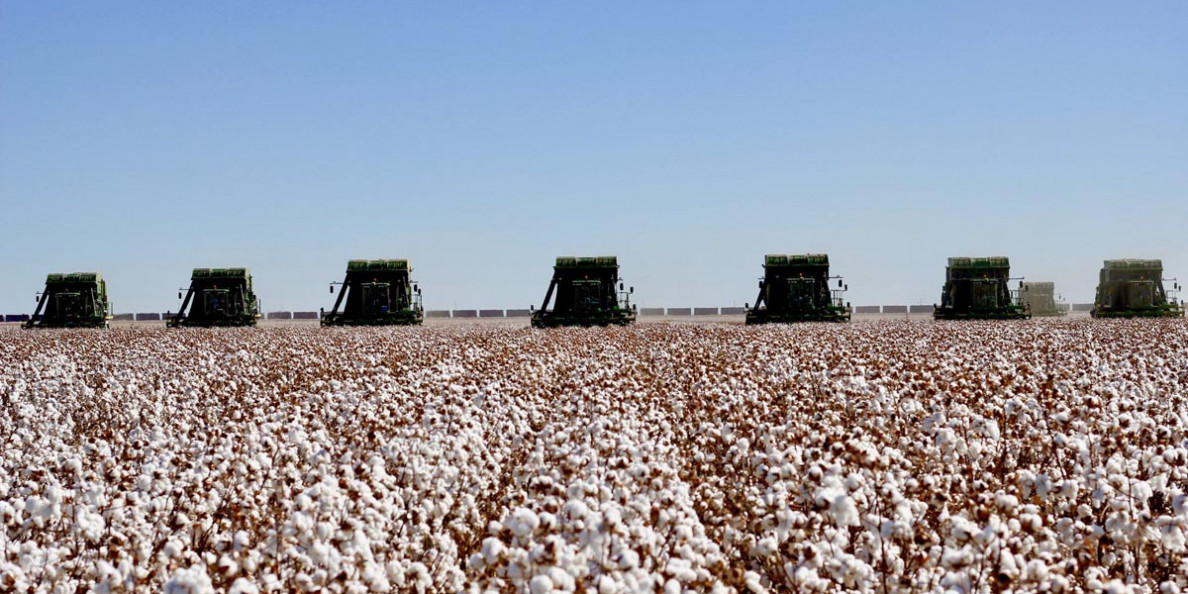The president and CEO of Staplcotn expects cotton acreage to be down in the United States in 2021 due to the challenges of harvesting the 2020 crop and a move to alternative crops.
Still, Hank Reichle is generally bullish on the cotton outlook with low supply chain inventories and a tightening U.S. balance sheet helping prices. On the bearish side, the pandemic is hampering demand, and cotton still faces tough competition from cheaper manmade fibers.
Reichle did note that all commodities offer profit potential at current price levels.
One big driver of higher cotton prices is the current U.S. stocks-to-use ratio of 26.1%, compared to a stocks-to-use ratio of 41% in 2019. Reichle said a smaller U.S. crop and stronger U.S. export sales is working to draw down cotton stocks. He said the stocks-to-use ratio is now approaching that critically low level of 20% which works to move prices up.
Cotton production was down across the country in 2020 due to weather challenges across the Belt. Reichle said the biggest factor was the big drop in the Texas crop due to drought where there was a 44% abandonment according to USDA and just a 665-pound average yield.
“While there were pockets that had pretty good yields in the Mid-South, west Tennessee for example, there were parts in Mississippi and Louisiana where somebody might have had a good crop, but there were also some disappointing yields out there,” Reichle said.
For the Southeast, yields were mostly disappointing across the board with numerous weather challenges. USDA is pegging 2020 Southeast yields at 838 pounds per acre, well below the 946 pounds per acre average in 2019.
Another big driver for higher prices is the speculator influence on the market with more managed money moving into the cotton and commodities market. Reichle said the move of more managed money into cotton and other commodities is supported by a weak U.S. dollar. In addition, higher grain and oilseed pries are being driven by Chinese demand.
Still, Reichle said there is a lot of fluidity in the market and things can change.
“There is still a lot to play out with both demand and also how productive this U.S. acreage will be. If we end up having a situation where it rains a lot in Texas and the drought subsides there, this production number could be considerably higher, One, two, two and a half million bales more,” Reichle said.


